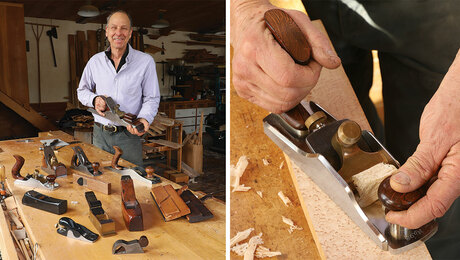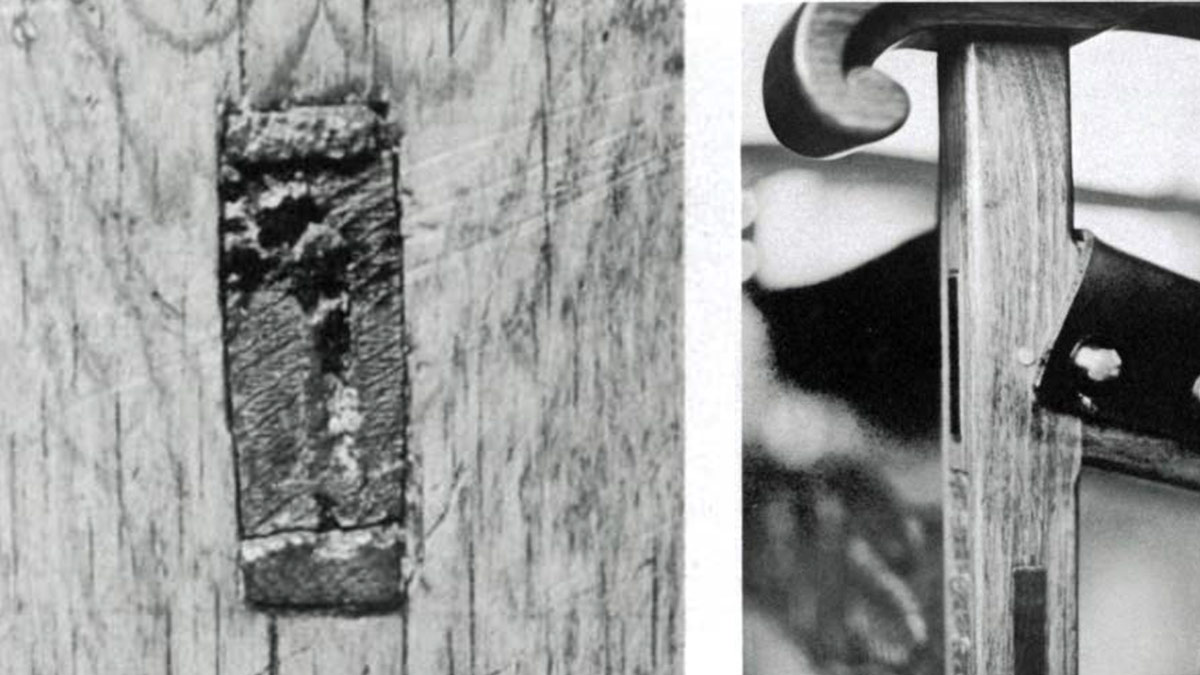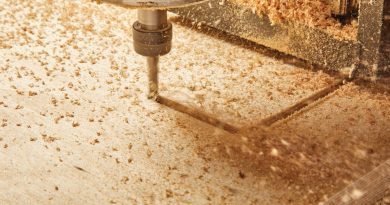4 Common Woodturning Mistakes to Avoid In Your Woodworking Projects
Prevent these classic woodturning mistakes, and your woodturning projects will become artful pieces of the woodwork:
Going too fast: Trying to go too fast is the most common drawback that woodturners fall into. You want things to be easy. Avoid doing this. You will not only mess up your work but you damage something more important-yourself. Making things happen fast is the top cause of injuries.
If you see yourself wanting to hurry things up, have a break and remember that rushing is not safe. You can lose more time in the long run if you have to repair an error or worse – have a stay in the emergency room at the hospital.
Stain doesn’t take: Two typical causes that stains do not take are: using non-staining wood packing and if the glue is not wiped off after creating the whole piece.
The problems are simple to avoid but they are not very simple to correct. Remember that you should buy a wood pack that removes stains and make sure to clean up the glue coming out of the joint whenever you place the pieces together.
If you finish with an unmarked area on your work, put a colored glaze-a semi-clear substance like the thinned-out paint. Alter the color and exposure until you get it almost similar to the stained wood. Allow it to dry and start the topcoat.
Excessive sanding makes wood fuzzy: There are types of wood that become fuzzy when you do too much sanding. The wood fibers shred and make hair-like fuzz on the wood’s outer portion. You don’t want to discolor or have an initial color in that case.
If your wood gets fuzzy, go down a polish or two with the sandpaper and sand out the furs. The way to prevent fuzz is to remember that you should not use sandpaper finer than 150 grit.
Joins don’t fit together: You have taken care to have joins that are tight enough, but when paint the glue on and try to draw the join together, it will not go. It is either you have joints that are very tight or you pulled joints together and experienced a lock-up.
To prevent too tight of joints, dry it first. If you have to thump the joints together with a mallet, you should loosen the joint before you add glue to it. If the joint is a mortise and tenon, shear the tenon until you can push the joint together easily using your hand.
If the join still locks up on you when you assemble it, you have to do some mallet tapping and clamping to make it move again. It depends on the time the join has been locked, you may not get it to dislodge. Avoiding a locked joint is as easy as testing the joint and sanding it if it is tight the first time it is assembled.
That’s it! Avoid these 4 woodturning mistakes, and you’ll create classic woodworking art that is appreciated for generations.




